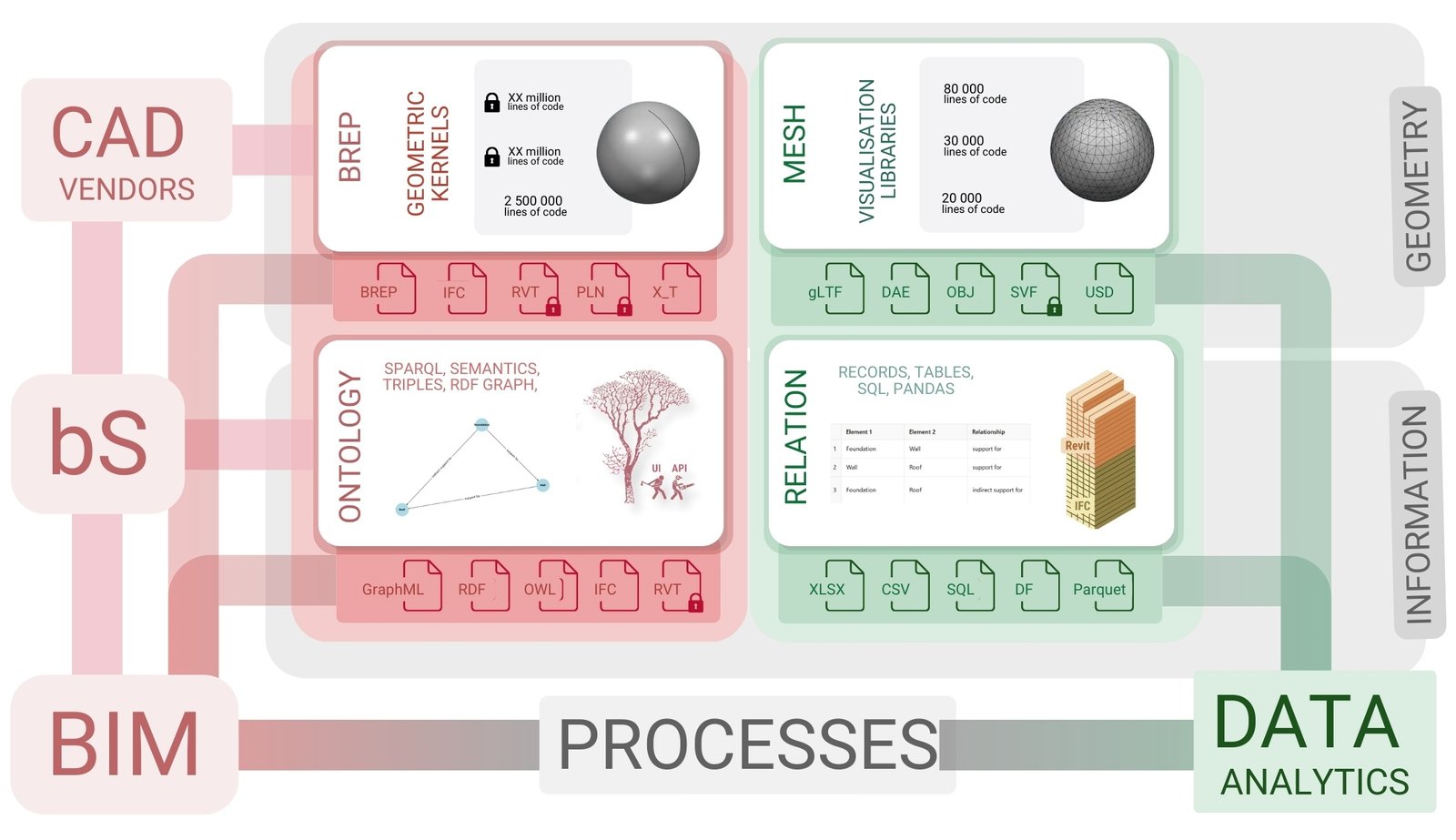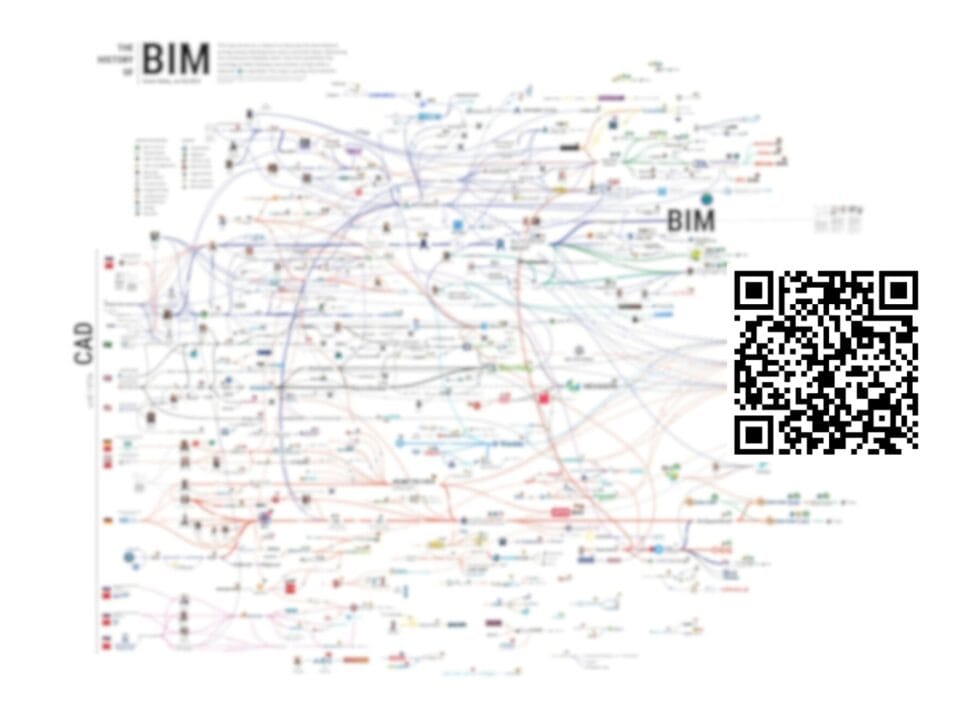Other industries have faced the limitations of technologies for using semantics. In the gaming industry, attempts to describe game objects and their interactions through ontologies have proven ineffective due to the high dynamics of change. As a result, simpler data formats such as XML and JSON,together with algorithmic solutions, have been preferred. The situation was similar in real estate: due to regional differences in terminology and frequent market changes, the use of ontologies proved to be overly complex, while simple databases and standards such as RETS (D. Ares, “RETS in Real Estate: Why It’s Crucial for Efficiency & Growth,” December 17, 2024) were better able to handle the data exchange tasks.
Technical difficulties, such as the complexity of markup, high labor-intensive support and low developer motivation, slowed down the adoption of semantic web and in other sectors of the economy. RDF (Resource Description Framework) did not become a mass standard, and ontologies proved to be too complex and economically unjustified.
As a result, the ambitious idea of creating a global semantic web failed to materialize. Although some elements of the technology, such as ontologies and SPARQL, have found their way into enterprise solutions, the original goal of creating a single comprehensive data structure has not been achieved.
The concept of an Internet in which computers are able to make sense of content has proven to be technically challenging and commercially unprofitable. This is why the companies that supported the idea eventually reduced its use to individual useful tools, leaving RDF and OWL for highly specialized corporate needs rather than for the Internet as a whole. An analysis of Google Trends (Fig. 6.1-9) over the last 20 years suggests that there may be no more prospects for the semantic web.
There is no need to multiply entities unnecessarily. If there are several logically consistent explanations of a phenomenon that explain it equally well, one should, all other things being equal, prefer the simplest of them.
– Occam’s Razor
A logical question arises here: why use triplets, risoners and SPARQL in construction at all, if you can process data using popular structured queries (SQL, Pandas, Apache®)? In enterprise applications, SQL is the standard for working with databases. SPARQL, on the contrary, requires complex graph structures and specialized software and according to trends in Google does not attract the interest of developers.

Graph databases and classification trees can be useful in some cases, but their application is not always justified for most everyday tasks. As a result, creation of knowledge graphs and use of semantic web technologies makes sense only when it is necessary to unify data from different sources or to realize complex logical conclusions.
Moving from tables to graph data models improves search and unifies the flow of information, but does not make the data more meaningful to machines. The question is not whether semantic technologies should be used, but where they really make a difference. Before implementing ontology, semantics and graph databases in your company, find out which companies are already successfully using these technologies and where they have failed.
Despite ambitious expectations, semantic technologies never became a universal solution for structuring data in the construction industry. In practice, these technologies have not led to a universal solution, but have only added new complexities, and these efforts echo the unrealized ambitions of the Semantic Internet concept, where expectations far exceeded reality.

While in IT the failures of the semantic web have been offset by the emergence of new technologies (big data, IoT, machine learning, AR/VR), the construction industry has no such occasions.
In addition to the challenges of using concepts to communicate data relationships between project elements, a fundamental problem remains – the very availability of that data. The construction industry is still dominated by closed systems, making it difficult to work with data, share information and improve process efficiency.
It is the closed nature of data that is becoming one of the key barriers that hinders the development of digital solutions in construction. Unlike the IT industry, where open and unified data formats have become the standard, in the CAD sector (BIM) each software uses its own format, creating closed ecosystems and artificially limiting users.






















